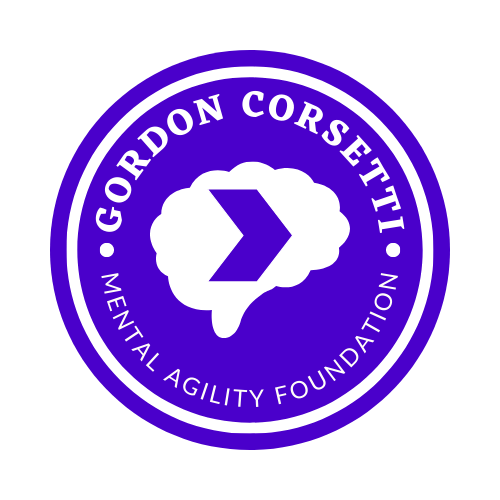Hazard Mind
/Wise Mind exists in Dialectical Behavioral Therapy (DBT) as a framework for improved decision-making. The concept is accepting that we are rational and emotional creatures, and that a central challenge in navigating life is balancing our decisions between rational calculation and emotional intuition. Most people are pulled toward one side or the other, and based on the vibe I put out most people incorrectly perceive that I am a deeply-rational individual. I am not.
Emotion rules me far more than I usually care to admit.
Part of that stems from my depression, which shaded all my decisions with a heavy helping of grief and apathy, but my emotions became dangerous because I denied them, thinking that I, as a growing man, needed to desensitize myself from all emotions. I filtered all my choices through a Spock-inspired web of rationality. What I failed to realize was that I wasn’t being rational — I was rationalizing poor-decisions made solely on emotional impulses that grew more influential the more I denied them.
DBT taught me how to read my emotions with much sharper clarity. To step back and ask: “Am I in rational mind, emotional mind, or Wise Mind?”
Once the type of mind is identified, it becomes much easier to see what is guiding a potential decision. At twenty years old I spent $7,000 on skydiving lessons and a parachute that I was not qualified to use. I rationalized that decision by telling myself I’d gain the skills necessary to jump with my new chute. That it was an investment, and not a purchase driven solely by my emotional desires. Rational mind would have identified that I was unemployed and draining my savings account. Wise mind would have seen that my emotions were overriding my inner-Spock, and that I needed to pause any decisions until achieving a more balanced state.
In my new work as an apprentice lineman, I’ve been introduced to Hazard Mind, which I feel is an excellent compliment to Wise Mind ahead of stressful situations.
I fill out a Job Safety Analysis (JSA) prior to every job which includes:
Crew location
Nature and steps of the work involved
Nearest hospital, AED location, and where to rally in the event of an emergency
Identification of all tools and protective equipment that will be used, and that they have been properly inspected
Identification of all possible hazards around the work zone
Specific mitigations that address each hazard
Then everyone signs the JSA to acknowledge that we’re all on the same page. This is an incredibly useful exercise in hazardous professions because it forces people to take stock of an entire situation prior to tackling the necessary work. The purpose is to reduce the possibility of severe bodily injury or death, but I believe this analysis can be repurposed to those worried about severe mental injury or debilitation.
Several of my worst experiences were due to being a situation and not knowing what to do. Be it panic attacks or horrid onslaught of suicidal thoughts, my only coping skill was to ride it out. Now, though, I go into situations with a decent plan. My emergency Klonopin is in my backpack or my car in the event of panic attacks. I have my therapist’s cell number for a quick text check-in. I even take the time to perform breath work and relaxation exercises to buffer against the excesses of my mind in anticipation of stressful social events.
Most importantly, I use the buddy system. Acquire a buddy, alternatively a “Support Human,” prior to going into mentally hazardous situations. It’s great if they can be there, but even a text, call, or Facetime with your buddy can stave off the worst of a mind going haywire. Sure I can do breathing exercises like a champ, but I still find it easier to listen to my buddy tell me to breathe deeply into my belly and make ocean sounds with my exhales.
I encourage my readers to utilize the template below for themselves and introduce it to any young people in their care. It makes it much more likely that a person can get through a hazardous situation safely.





